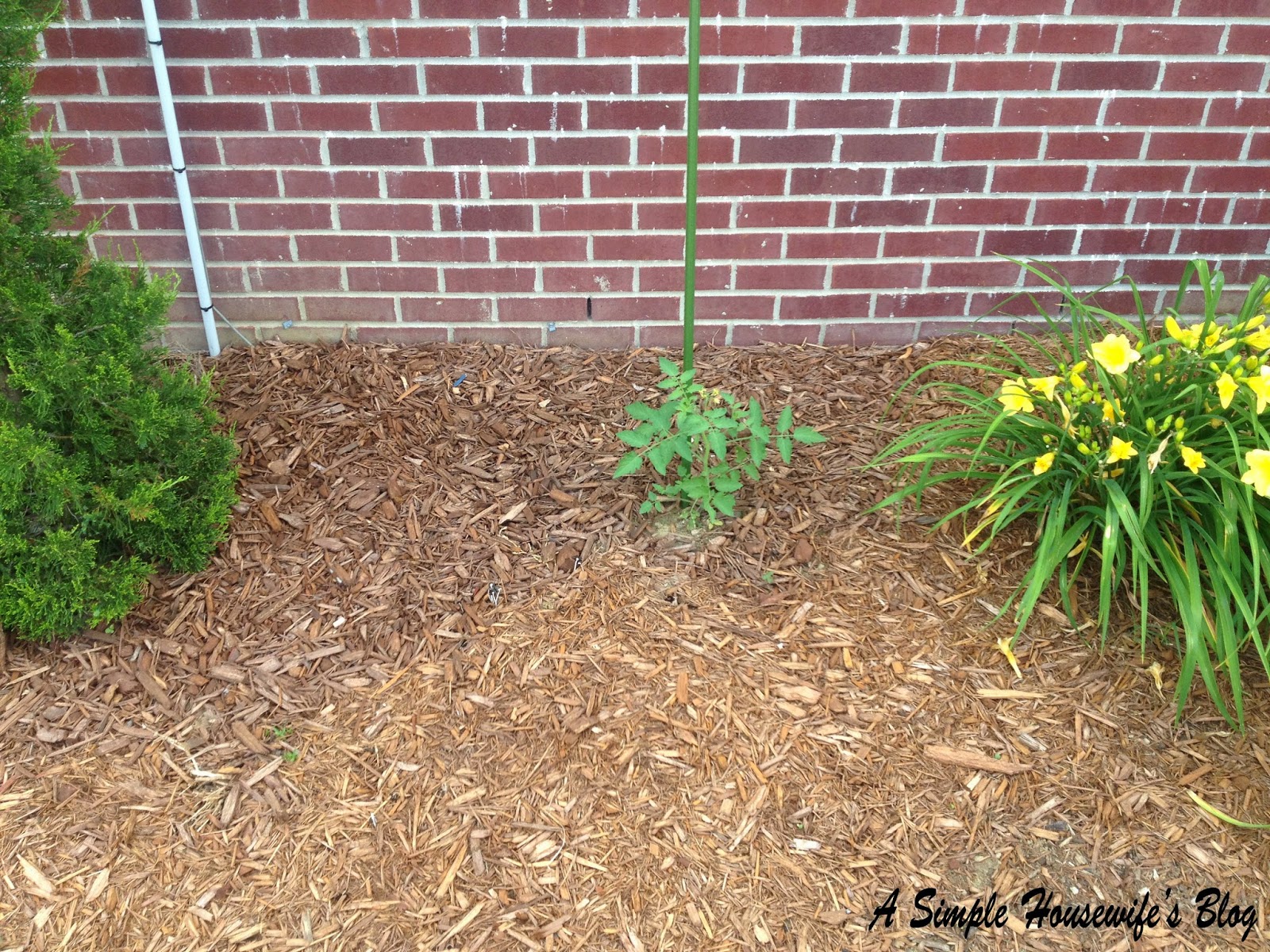These baked beans are enjoyed by everyone in our house. They are also great to take along to a potluck (or pitch-in, community meal, whatever you may call it). They can be cooked in the oven, or thrown in the crock pot to cook for a few hours, then can be kept warm to enjoy at leisure. Husband has taken them to work in a crockpot. They don’t all take the same lunch hour, so it worked great. Husband turned them on low for about 3 hours (I don’t think he even stirred them) and then set them on warm until everyone had the opportunity to eat. It worked great. These also freeze well and can be pulled out and cooked from a frozen state. We always make extra for the freezer.
This is my set up to make several batches
Here they are ready for the freezer and one lucky batch gets to be eaten tonight
I put the heavy duty lids on the freezer ones so that they are less likely to get smushed when they are stacked. Notice the little food lover helping me out.
Before putting food in the pans, label the sides of them, as shown, so that you don't have to move everything all around to figure out what's in there.
Baked Beans
Ingredients
·
1 lb bacon, cooked and crumbled *click here for an easy way to cook your bacon!*
·
1 lb ground beef, browned and drained
·
1 onion, diced, sautéed with ground beef
·
1 large can Bush’s Baked Beans, original
·
1 can kidney beans
·
1 can lima beans, drained
·
½ c brown sugar
·
½ c white sugar
·
½ c ketchup
Preheat oven to 350℉. Cook and crumble the bacon. Baking the bacon in the oven is the easiest. Brown the ground beef with the onion. While the meat is cooking, mix the beans,
brown sugar, white sugar, and ketchup in your 9x13 pan. Once the meat is done, add that to the bean
mixture. Stir to combine. Cover with aluminum foil and bake for
approximately 2 hours. Remove the cover
after 1 hour. Stir a couple times throughout
baking.
To freeze:
Cook and crumble the bacon.
Brown the ground beef with the onion.
While the meat is cooking, mix the beans, brown sugar, white sugar, and
ketchup in your 9x13 pan. Once the meat
is done, add that to the bean mixture.
Stir to combine. Cover with
aluminum foil and label. Place in
freezer for up to 6 months.
When you want to cook it, preheat oven to 350℉.
Remove beans from freezer and cook for 2 ½ - 3 hours. Stir about every hour. Remove the cover after 2 hours






























































